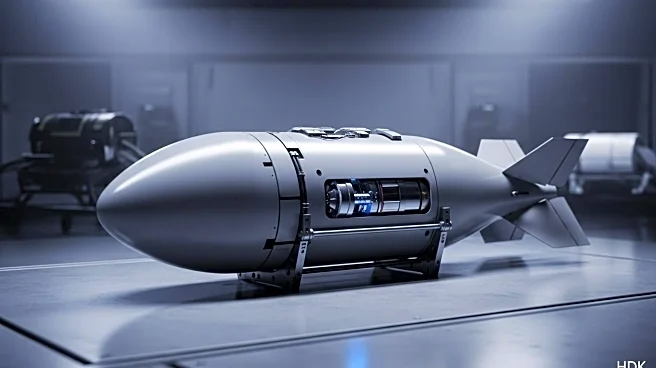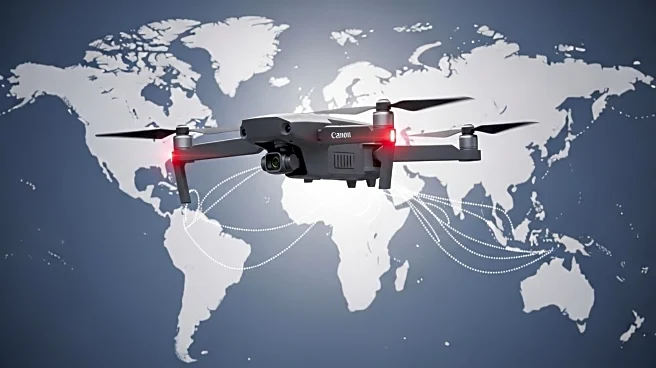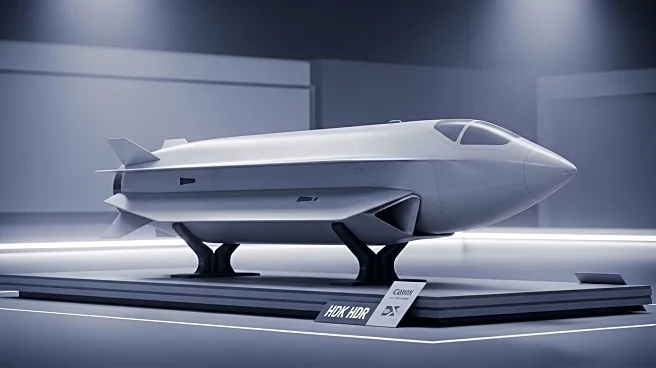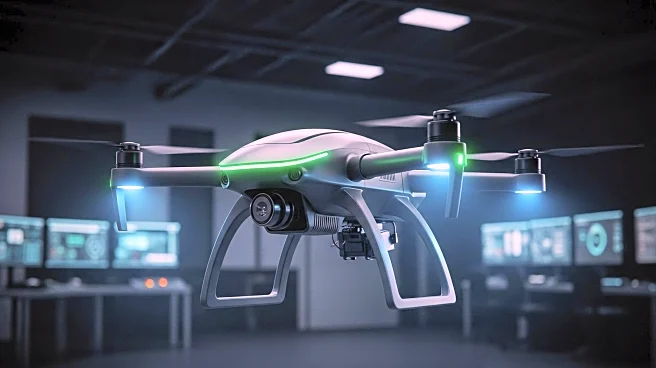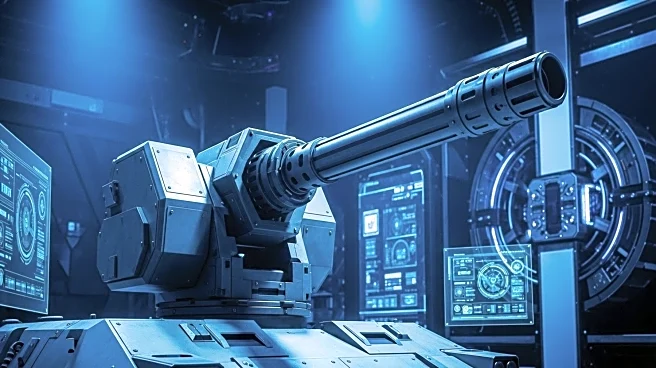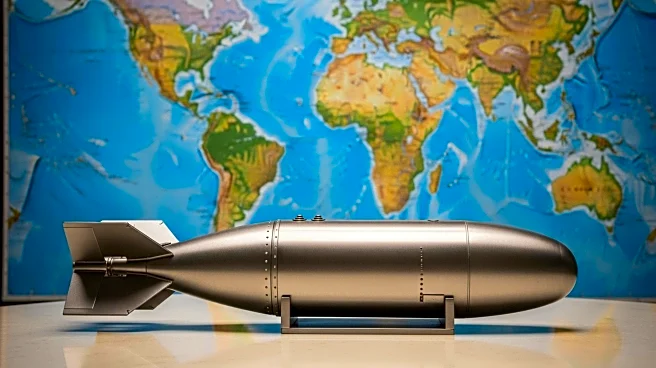What is the story about?
What's Happening?
The U.S. Air Force has awarded a two-year contract to Applied Research Associates (ARA) to design and prototype a next-generation bunker-busting bomb. This initiative follows the recent use of the Massive Ordnance Penetrator (MOP) in strikes against Iranian nuclear facilities, highlighting the strategic importance of such weapons. ARA, based in Albuquerque, New Mexico, will develop the air-to-ground Next Generation Penetrator, intended to succeed the current GBU-57 MOP. Boeing will collaborate with ARA, focusing on the tail kit design and integration of the munitions package. The Air Force Life Cycle Management Center’s Eglin Munitions Directorate initiated the contract, aiming to produce and test subscale and full-scale versions of the weapon. The project seeks to address challenges posed by hard and deeply buried targets, crucial for U.S. national security.
Why It's Important?
The development of advanced bunker-busting bombs is significant for U.S. military strategy, as these weapons are essential for targeting and neutralizing hardened underground facilities. Such capabilities are vital in modern warfare, where adversaries often protect critical assets in fortified locations. The new bomb's lighter weight and enhanced penetration capabilities could improve operational efficiency and effectiveness. This development reflects the ongoing need to innovate military technology to address evolving threats. The collaboration between ARA and Boeing underscores the importance of industry partnerships in advancing defense capabilities.
What's Next?
The Air Force has outlined a timeline for the development and testing of the new bomb, with expectations for ARA to deliver subscale and full-scale prototypes within 18 to 24 months. The weapon's navigation system must function effectively even if GPS capabilities are compromised, a critical requirement given potential adversary tactics. The project will likely involve rigorous testing to ensure the bomb meets strategic and operational needs. Stakeholders, including military leaders and defense contractors, will closely monitor the progress and outcomes of this initiative.
AI Generated Content
Do you find this article useful?
